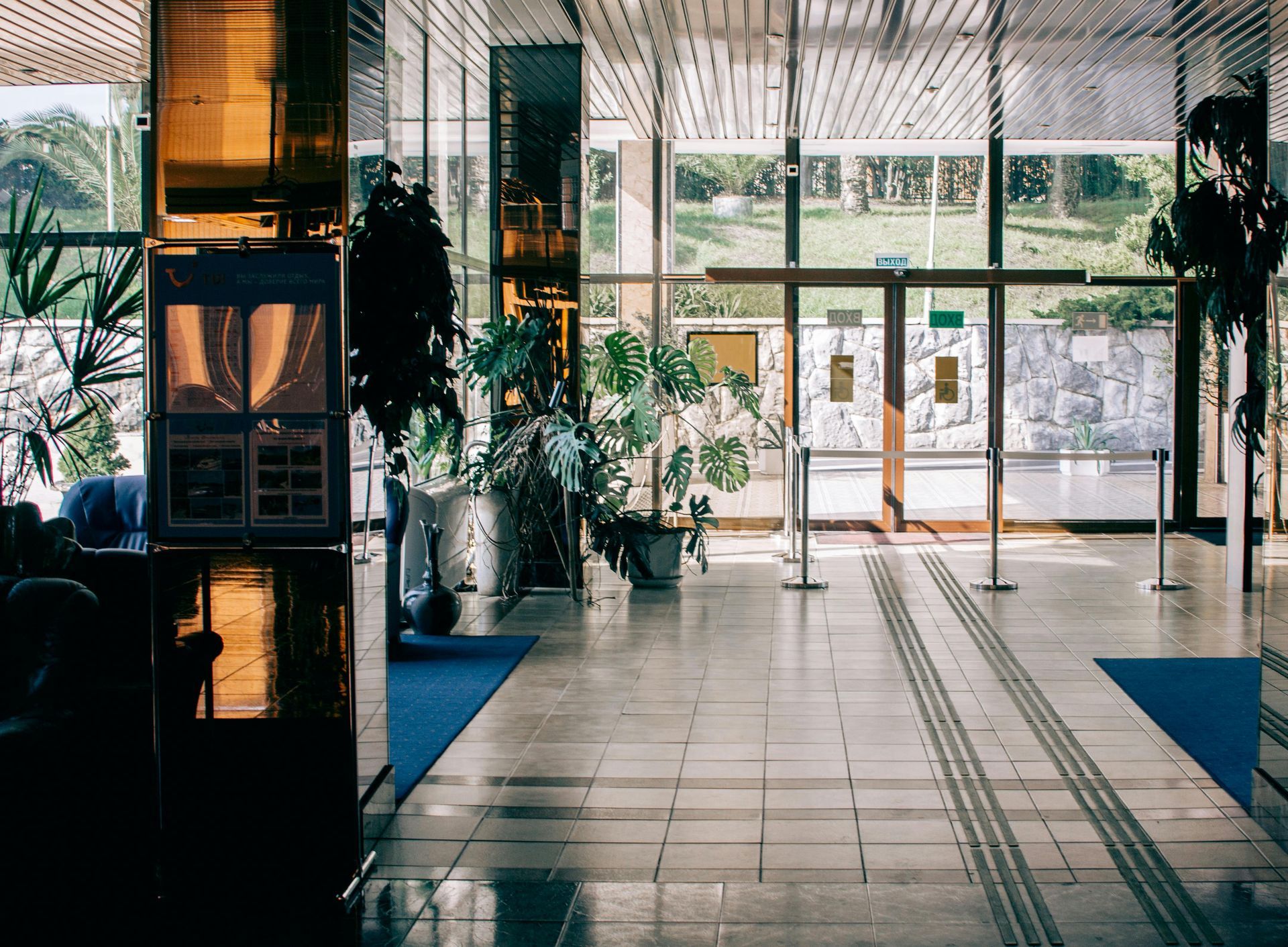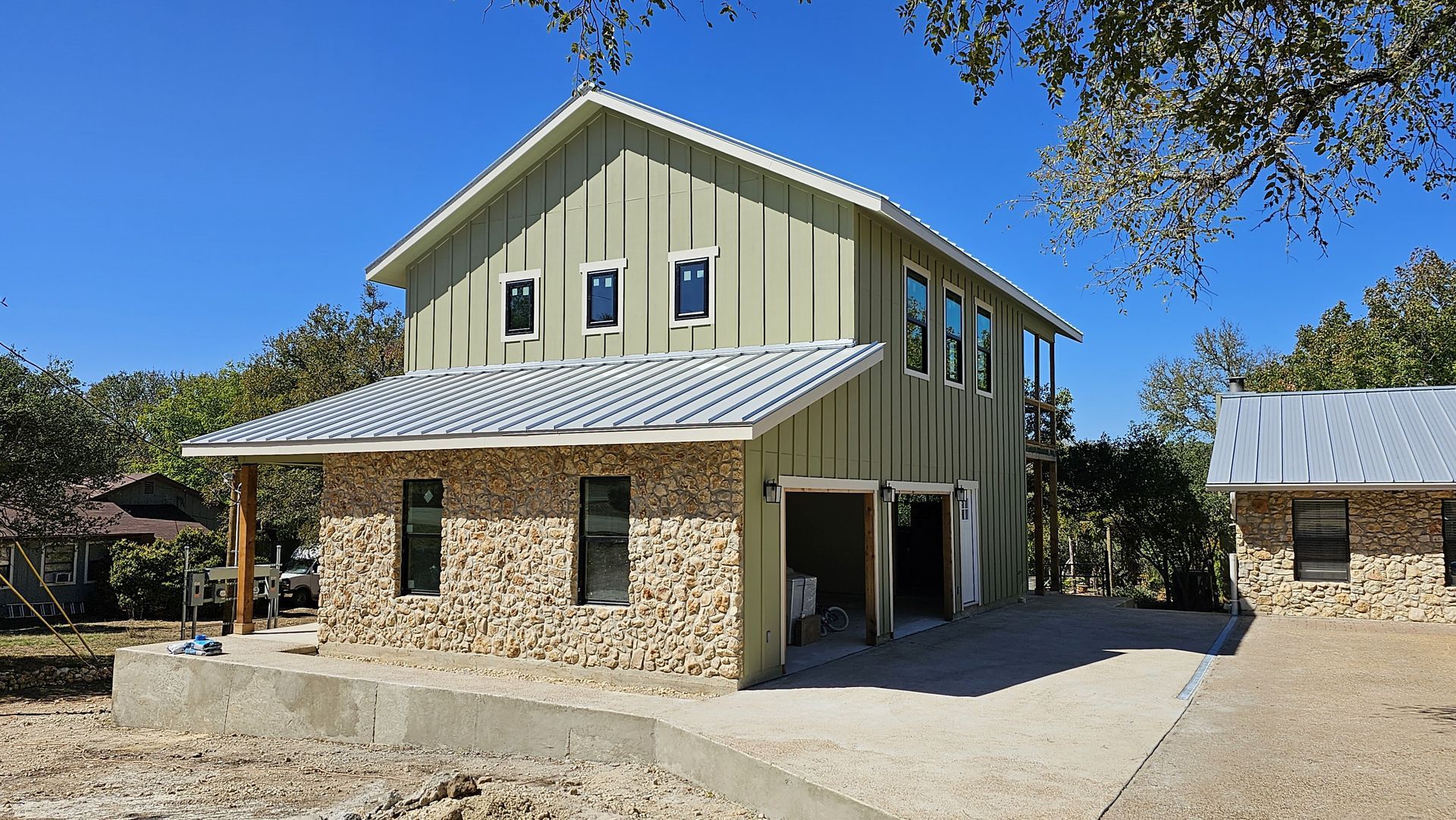Top Home Design Trends for 2025
Top Home Design Trends for 2025: Inspiring Your Next Renovation
As we approach 2025, a new wave of exciting home design trends is on the horizon, building upon the foundations of recent years while introducing fresh ideas that emphasize comfort, technology, and personal expression. Whether you're planning a minor refresh or a major renovation, staying informed about the latest trends can help you create a home that is both beautiful and perfectly suited to your lifestyle.
At Five Mile Construction, we are committed to staying at the forefront of design innovation. We're passionate about helping homeowners bring their design visions to life, and we keep a keen eye on evolving trends to provide expert guidance and ensure your renovation is both timeless and on-trend. Let's explore some of the top home design trends that will be making waves in 2025.
1. Experiential Living Spaces: Homes That Engage the Senses
In 2025, homes will be more than just places to live; they will be environments designed to engage all the senses. Experiential living spaces will be curated to evoke specific moods and emotions, using a combination of design elements.
- Sensory Lighting: Lighting will go beyond mere illumination, with customizable systems that can be adjusted to create different moods and atmospheres. Think circadian lighting that mimics natural daylight patterns and color-changing LEDs that enhance the ambiance.
- Soundscaping: Integrated sound systems will play a larger role, allowing homeowners to create immersive audio experiences tailored to different activities and times of day.
- Textured Surfaces: Tactile materials like textured wallpapers, natural stone, and handcrafted tiles will invite touch and add depth to interiors.
- Aromatic Design: Diffusers, candles, and even integrated scent systems will be used to create subtle and inviting fragrances throughout the home.
2. Japandi Fusion: The Best of Both Worlds
Japandi, a hybrid aesthetic blending Japanese minimalism and Scandinavian functionality, will continue to evolve in 2025. This trend emphasizes simplicity, natural materials, and a calming atmosphere.
- Neutral Color Palettes with Pops of Color: While the base palette remains neutral and earthy, expect to see carefully curated pops of color inspired by nature, such as deep greens, soft blues, and warm terracotta.
- Natural Materials: Wood, bamboo, rattan, and stone will continue to be prominent, but with a greater emphasis on sustainable sourcing and craftsmanship.
- Clean Lines with Organic Forms: The clean lines of Scandinavian design will be softened with organic shapes and curves inspired by Japanese aesthetics.
- Wabi-Sabi Influence: The Japanese philosophy of wabi-sabi, which embraces imperfection and transience, will be reflected in the use of handcrafted items and natural materials that show signs of age and wear.
3. High-Tech Sanctuaries: Seamless Integration of Technology
Technology will become even more seamlessly integrated into home design in 2025, enhancing convenience, comfort, and security without sacrificing aesthetics.
- Invisible Tech: Speakers, screens, and other devices will be cleverly concealed within walls, ceilings, and furniture, creating a clutter-free environment.
- Biometric Integration: Fingerprint and facial recognition technology will be used for security, access control, and even personalized settings for lighting, temperature, and entertainment.
- Wellness Tech: Homes will incorporate technologies that promote well-being, such as air purification systems, water filtration, and sleep-tracking devices.
- Smart Appliances with AI: Appliances will become smarter and more intuitive, using artificial intelligence to learn user preferences and optimize performance.
4. Maximalism's Return: Bold Statements and Personal Expression
While minimalism will still have its place, 2025 will also see a resurgence of maximalism, encouraging bold self-expression and a "more is more" approach to design.
- Layered Patterns and Textures: Expect to see a mix of patterns, textures, and colors, creating visually rich and stimulating interiors.
- Gallery Walls Evolved: Gallery walls will be taken to the next level, featuring eclectic collections of art, objects, and personal mementos.
- Statement Furniture: Bold, sculptural furniture pieces will serve as focal points, adding drama and personality to rooms.
- Dark and Moody Palettes: Deep, rich colors like emerald green, sapphire blue, and even black will create a sense of drama and intimacy.
5. Sustainable Luxury: Eco-Consciousness Meets High-End Design
Sustainability will no longer be an afterthought but a core principle driving high-end design in 2025. Luxury and eco-consciousness will go hand in hand.
- Ethically Sourced Materials: There will be a greater emphasis on using materials that are ethically sourced, sustainably harvested, and have a low environmental impact.
- Circular Design: The concept of circular design, where products are designed for durability, reuse, and recyclability, will gain traction in the home furnishings industry.
- Energy Efficiency as a Standard: High-performance, energy-efficient appliances, lighting, and building materials will be considered essential in luxury homes.
- Biophilic Design Integration: Connecting with nature will remain a key element of sustainable luxury, with an emphasis on natural light, ventilation, and indoor gardens.
6. Nostalgic Revivals: Reimagining the Past
In 2025, we'll see a renewed appreciation for design elements from the past, reimagined for contemporary living.
- Art Deco Influences: Geometric patterns, metallic accents, and luxurious materials reminiscent of the Art Deco era will make a comeback.
- 70s and 80s Retro: Expect to see a resurgence of 70s and 80s-inspired colors, patterns, and furniture styles, but with a modern twist. Think rounded furniture with textured fabrics in colors like terracotta, avocado green, and mustard yellow.
- Vintage and Antique Accents: Incorporating vintage and antique pieces will add character and a sense of history to homes.
7. The Home Office Evolves:
The home office will continue to be important with features like soundproofing, ergonomic furniture, and tech integration.
Five Mile Construction: Building Your Future, Today
At Five Mile Construction, we're excited to help you incorporate these trends into your next renovation project. Our team of experienced designers and builders will work closely with you to create a space that reflects your personal style, meets your functional needs, and incorporates the latest design innovations.
Contact us today to discuss your renovation plans and let us help you create a home you'll love for years to come. Let's build something beautiful, sustainable, and technologically advanced together!



